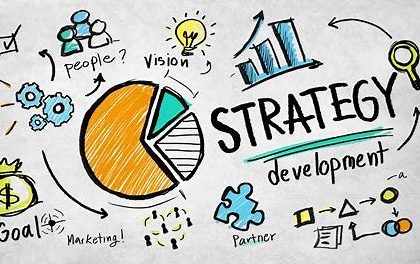“Feedback is the breakfast of champions” - Ken Blanchard - American author, and speaker.
With employees working from home for months now, it can be quite taxing to work with numerous distractions. In this current scenario, it is possible for employees to be disengaged at times. Employee feedback proves to be one of the most effective tools to tackle the issue of employee engagement. It not only helps increase employee engagement but also decreases employee turnover. Moreover, feedback helps in professional development, boosts morale and increases job performance of an employee.
How you share feedback with your employees makes a big difference. While sharing timely feedback is important, it's also significant to know how you should do it.
Interested to know how you can give effective feedback to your employees as managers? Here are some guidelines that will help you .
On Time
As mentioned above, whether positive feedback or constructive criticism, a well-timed feedback is always more helpful than a delayed one. Timely feedback helps employees to correlate the feedback with their actions. Managers often commit the mistake of not sharing feedback immediately and reserving it for the half-yearly or annual performance review. Consequently, employees don't get a clear idea of what they are doing right or wrong until the reviews are conducted.
As a manager, put in place a continuous and ongoing feedback process for your team. Regular feedback will not only allow you to recognize your top-performing employees frequently, but also, will help you give constructive feedback on time
Be Specific
A feedback should not only be correctly timed, but it should also be specific. When employees receive feedback which is specific to their actions, they get a better understanding of what they did right and what they need to change.
Instead of saying: "Jack, you have done a great job."
Try saying: "Jack, you have provided timely resolution for all our client issues. As a result, they have renewed their contract for another 5 years. You have done a great job!"
Being specific becomes even more important while giving negative or constructive feedback.
Go In Prepared
Feedback helps in the professional and personal development of employees. It boosts employee engagement and facilitates two-way communication between the employee and their manager. Looking at the importance of feedback, it becomes essential for managers to go into a feedback session prepared. Preparing for the session with facts, examples and statistics will make the feedback process effective for your employees.
Make It Interactive
Often the feedback process becomes a one-way discussion, which ends once the managers and leaders share their feedback or opinion. Instead, make it a two-way process by making it interactive and requesting your employee for inputs. Give opportunities to the employees to share their concerns and opinions. Create a feedback loop by asking questions like, "Are you satisfied with your performance?". A two-way communication not only helps in building trust between the manager and the employee but also helps in getting valuable insights.
Focus on Positives
When giving constructive or negative feedback to your employees, be careful not to overshadow the positives. A study in the Harvard Business Review suggests that negative feedback damages the employee engagement of the organization. While giving feedback highlight the positives and accomplishments first before pointing out the negatives. When employees get appreciated for their work, they feel that their work is valued, and they avidly work on areas that need improvement. This not only increases productivity but also improves employee engagement.
Open Culture
Promote an open culture in your organization, where as a manager, you not only share feedback, but also ask for feedback about yourself from your employees. It promotes a sense of an open organization culture and a healthy and transparent workplace.
Employees might be hesitant to speak up in a direct interaction with their managers because of various reasons. Using anonymous multirater feedback or anonymous surveys can fix this situation.
Follow Up
Sharing feedback is not a one-time process, it should be continuous and ongoing. Once the feedback has been shared, follow up with the recipient to check the progress made after the previous feedback session. It gives managers a chance to track the progress of their employees. Not only this, with an ongoing feedback process managers get to appreciate their employees on time.
Latest posts by Abhishek Ghosh (see all)
- Know How To Manage Stress Of Your Remote Team - February 27, 2023
- Virtual Onboarding: A New Reality - April 13, 2021
- Employee Recognition Ideas To Show Your Remote Team That You Care - March 4, 2021













